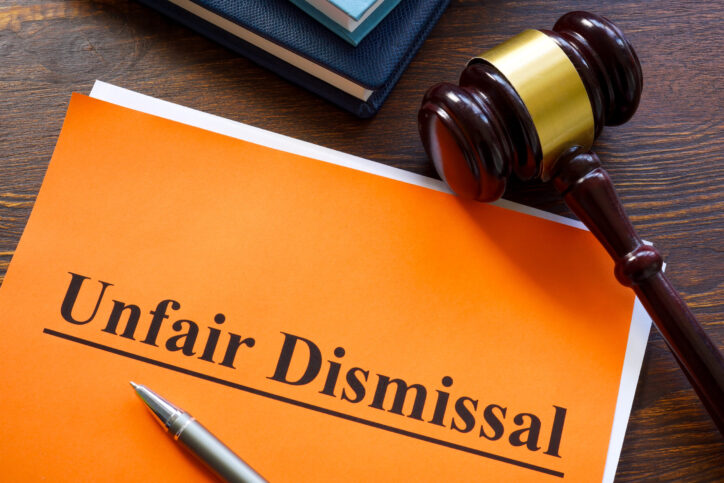When dealing with workplace bullying and harassment, the question of who is at fault is an important consideration.
Commonly the focus is on the alleged perpetrator, but it is important to understand that under relevant discrimination, harassment and safety laws, other parties may also be held responsible.
We explore the issue.

Such liability arises regardless of an individual’s intention or awareness.
Alleged perpetrators are commonly included in claims of harassment and discrimination, but can also face disciplinary action by their employer where misconduct has occurred.
Reasonable steps could include:
- Developing and implementing a policy on equal opportunity
- Effectively communicating the policy to all staff
- Establishing effective complaint handling procedures
- Appropriately disciplining anyone who breaches the policy
Employers should also determine specific areas of risk (eg employees working alone or in vulnerable situations) to determine what other steps can be taken to reduce the risk of harassment or bullying occurring.
Such liability arises even if there is no legal relationship between the parties involved.
However, as a general rule, the person must have been aware of the discrimination or harassment and done nothing to prevent it - i.e. "turned a blind eye".
Accessorial liability reinforces the responsibility that all workers have towards one another. Harassment and discrimination training should focus on this role and provide employees with a mechanism for reporting incidents affecting other workers.
Accessorial liability is particularly relevant for managers and supervisors.
Unlawful to victimise
If someone makes or intends to make a complaint about workplace discrimination or harassment, it is unlawful to victimise that person.
This applies to internal or external complaints.
That is, if a worker treats someone who has made a complaint unfairly or penalises them in any way, disciplinary action can be taken against that worker.
When investigating complaints, it is important to advise the alleged perpetrator and witnesses of this responsibility.
Employer duty of care
Employers have a duty under common law to take reasonable care for the health and safety of staff as outlined in occupational health and safety legislation.
This duty extends to providing a workplace and a system of work that is free from harassment and bullying. Failure to do so can leave it open for a court to find that the employer has breached their duty of care.
To minimise this risk, employers should seek to:
- Identify hazards.
- Assess the risks to understand the nature of the harm that could be caused, how serious the harm could be and the likelihood of it happening.
- Implement the most effective control measures that are reasonably practicable and remain effective over time.
- Review hazards and control measures to ensure they are working as planned.
Case study
The South Australian Employment Tribunal found an employee and employer jointly liable for the sexual harassment of a juice bar worker in an Adelaide supermarket.
In May 2017, a juice bar worker complained about the head chef at Pasadena Foodland, claiming he sexually harassed her.
The store checked the CCTV footage and only saw the chef trying to manoeuvre past the juice bar worker and believed there was nothing of concern.
Three months later, the juice bar worker and chef had an altercation, when the chef learned about the complaint; a duty manager recommended the matter be formally investigated.
Pasadena Foodland and the chef both denied the allegations of sexual harassment and the store argued that it could not be vicariously liable as it took steps to implement its prevention policies.
Although the HR manager took “some action” to investigate the matter, by reviewing the footage, the judge said the business failed to preserve the footage, to speak to the chef, seek witnesses, make notes or tell the worker they believed the matter was over.
The company also did not escalate the matter to senior management.
The judge concluded that Foodland and the chef were jointly liable for sexual harassment, ordering them to jointly pay $30,000 for general damages to the victim including psychological harm.
For support on this or other IR matters, contact CCIWA’s Employee Relations Advice Centre on (08) 9365 7660 or email [email protected].
CCIWA's new eLearning Library has a suite of interactive modules on several topics to help run your business, including workplace harassment.
Our Unboxing Employee Relations YouTube channel has videos from our experts on the issue.






